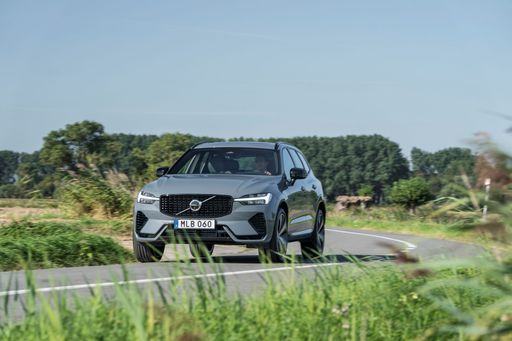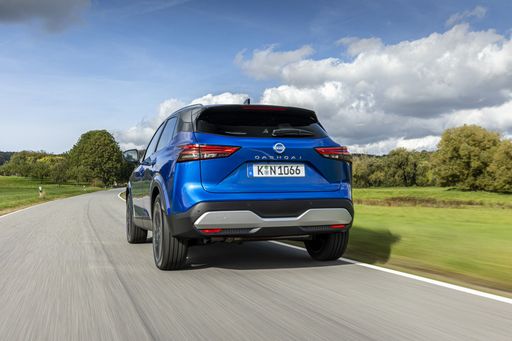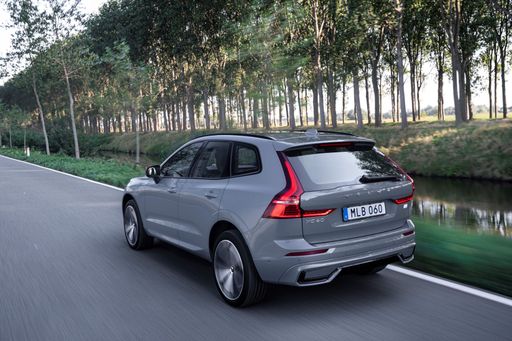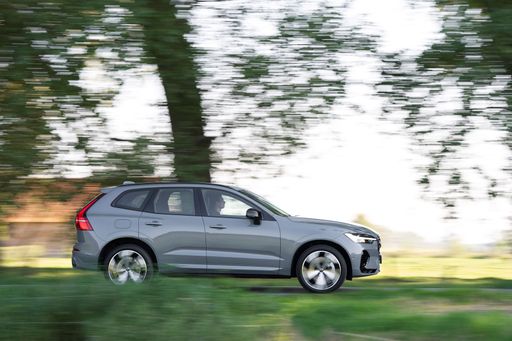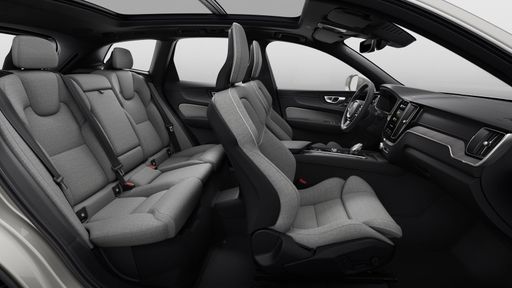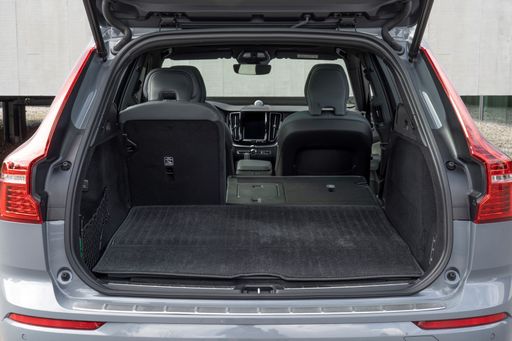The Battle of the SUVs: Nissan Qashqai vs. Volvo XC60
When it comes to choosing an SUV that melds performance, comfort, and innovation, the Nissan Qashqai and Volvo XC60 emerge as prominent contenders. Each offers a unique blend of style and substance, catering to diverse driving preferences and needs. This article delves into a detailed comparison of these two 2024 models, focusing on their technical aspects and innovations.

